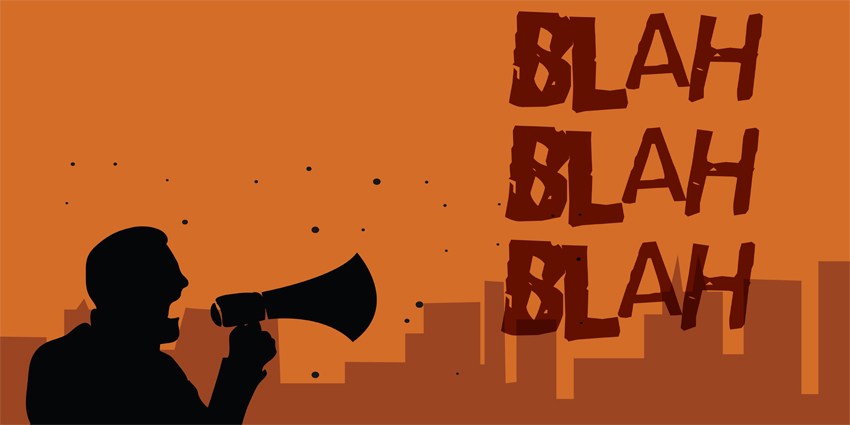Collecting feedback is often the cornerstone of good customer service. Feedback systems fulfil several key objectives in an organization, helping to improve products, the quality of services, and even the work environment.
Understanding the value of feedback is essential for building a people-centric organization that genuinely cares about its customers and employees.
Defining Feedback In an Enterprise Context
Here are some critical characteristics of feedback to keep in mind when designing feedback collection systems:
- It is Reactive – Feedback comes in response to an input or stimulus, differentiating it from opinion. However, some time may lapse between the input and feedback events, making it challenging to trace feedback back to its root cause.
- It May Be Solicited or Unsolicited – Most organizations obtain insights from solicited and unsolicited feedback. They have formal feedback collection methods and campaigns inviting feedback from customers. Or they may extract feedback from general chatter, such as conversations on social media.
- It Works in a Cause-and-Effect Loop – Feedback always exists in a closed-loop model – where the company drives a transaction, the customer provides feedback, the company acts on the feedback, the customer recognizes the action, and the feedback loop is closed.
In a contact center, there are usually two broad categories of feedback – quantified and unquantified. Quantified feedback is collected in structured data like a customer satisfaction score or an unhappy/neutral/happy rating. A data analysis model can sift through this quantified feedback to provide clear insights in the form of trends, patterns, and averages.
Unquantified feedback occurs in open statements, where customers share their opinion as they please. This could be in response to an open-ended question on a survey, as part of a telephone conversation, or within a chatbot interaction.
The Five Main Sources of Customer Feedback
Feedback can come from many places – here are five to keep in mind:
- Customer Reviews
Reviews are likely to be the most common type of feedback an organization will encounter. Whether it is restaurants on Yelp, local businesses on Google reviews, or appliances on Amazon, customers have several channels at hand to review an organization’s core products or services. It is essential to pay attention to these reviews to identify pain points, poor-performing inventory items, and service challenges among specific members of staff.
- Software Bug Reports
Bug reports are among the most crucial feedback types for software products and SaaS apps. When an application crashes, it may auto-generate a bug report and send it back to the vendor. Most leading software products ask users if they want to send a bug report whenever a feature or functionality stops working. Companies should closely monitor this feedback to fix product issues and improve the user experience.
- Focus Groups
This type of feedback is useful when designing a product, service, campaign, or strategy. The organization selects a focus group comprising representatives from their existing and targeted customer cohorts. This group is then presented with multiple variations of an offering. The group does not have complete information about the offering’s context (e.g., pricing), which makes it more likely that they will share honest feedback.
- Post-Interaction Surveys
These are follow-up surveys sent right after a purchase or service interaction. The customer needs to answer one or two brief questions about their latest experience, such as, how satisfied are they? How much effort did it take? Would they recommend it to a friend? Since the interaction was immediate, the customer will share genuine and in-the-moment feedback about it. This feedback type typically generates quantifiable information.
- Customer Complaints
Complaints are among the most critical types of feedback for an organization. They comprise negative unsolicited opinions about a product or service experience. The customer will expect the organization to immediately act on the feedback and resolve the issue. Complaints signal deep dissatisfaction, and companies should immediately address growing feedback of this kind.
Designing Feedback Collection Systems
Effective feedback systems start from a deep understanding of what matters to customers and an awareness of a company’s areas of improvement. Here is how to design them:
- Identify key customer touchpoints by mapping out the customer journey
- Outline the kind of information to be gathered and design the survey accordingly
- Tweak the survey as per customer demographics and preferences
- Deploy the survey either manually, through integrated automation, or via a dedicated survey tool
- Analyze the feedback using spreadsheets or business intelligence tools
A customer experience management (CXM) platform is a kind of software that can simplify a feedback collection strategy. It allows companies to incorporate feedback collection into strategic customer touchpoints when someone is most likely to react and offer their opinion. Technologies like customer data platforms can further analyze feedback for deeper insights.







